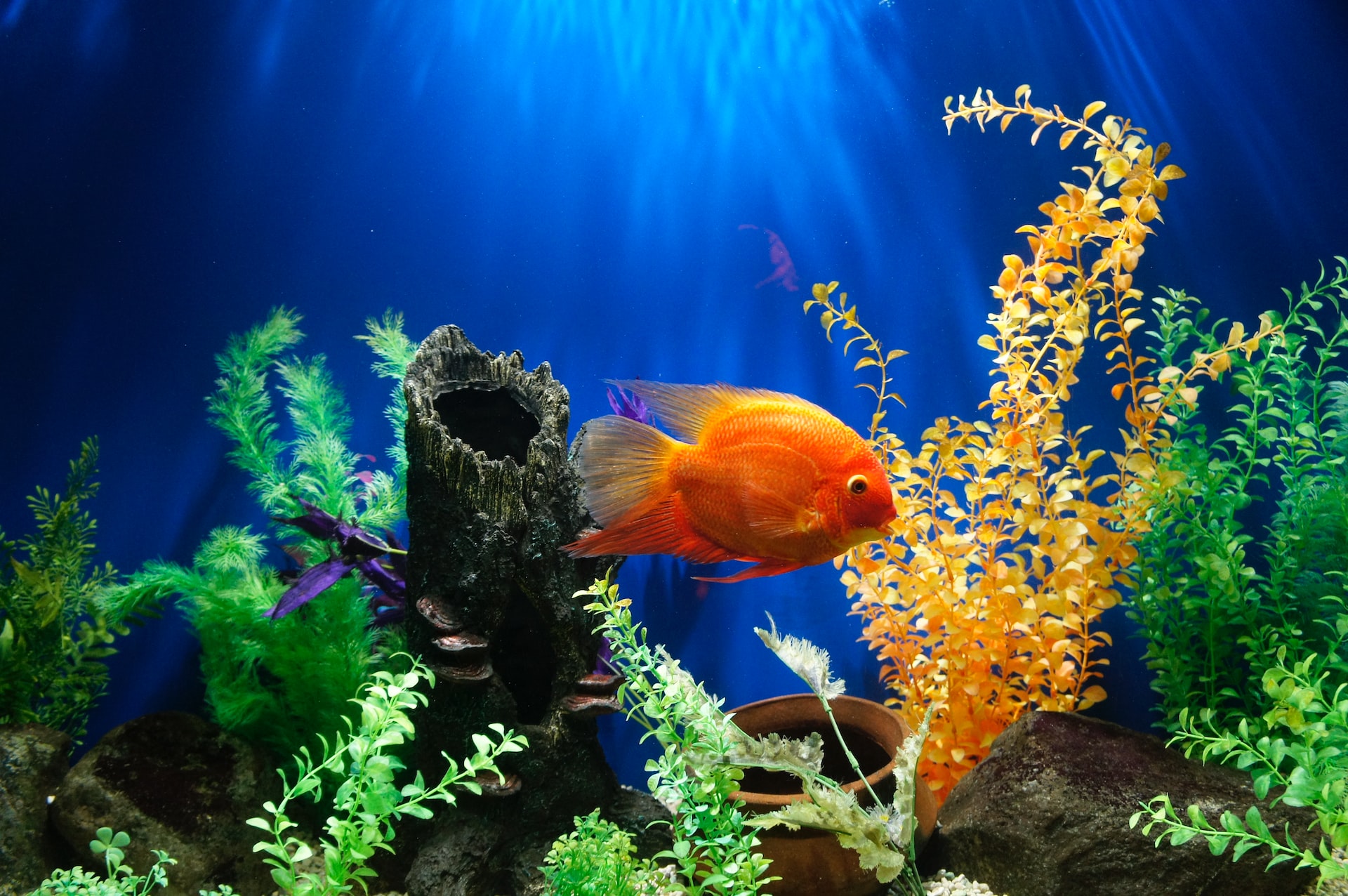
Maybe some or most of us had fish as our first pets, placed in a small circular aquarium with just a bottle of fish food. Some common misconceptions about having them as pets are that they are known to be low-maintenance pets that are in no need of excessive care. But did you know fishes also require extensive care and constant proper maintenance, just like cats and dogs? To keep you more enlightened, keep on reading and let this article be your guide and acquire new tips from aquarium care, fish health care, and more!
Fish Care
It may seem like taking care of a fish is not that hard and challenging, but compared to other home pets, taking care of a fish is as challenging. From tank care to food and constant water change, you’ll definitely need all the tips you can get. So, here are three ways to ensure that your pet fish is living a happy and healthy life:
- Food – How much food should I feed my fish? It’s always best to underfeed, especially in new aquariums, as the uneaten food can cloud your water and add unwanted dirt to the tank. Overfeeding could also cause health dangers to a fish, causing ammonia and high nitrite levels.
In fish feeding, many factors should be considered, including knowing what part of the water column your fish feed in. It may be one of the two:
- Surface feeders
- Bottom feeders
Though some fish are more comfortable doing it, their way lies in waiting for the food to be in their “safe zone” or they want to take food wherever it’s available.
- Health – A fish pet’s health and well-being may be very challenging to monitor. So, it will be best to read this handy checklist to know if your fish is healthy.
Signs of healthy fish
- Good Appetite
- Breathing; Gills are moving rhythmically
- Eyes are bright
- Perfectly healthy fins; no tear, spots, streaks of blood, and both moving.
Signs of unhealthy fish
- Swimming unusually
- Loss of appetite
- Constantly hiding
- White spots; fungus infection
- Sinking
If any unhealthy signs are evident, it may be best to consult a specialist to fully ensure your pet’s health and avoid further damage. Although with this, browsing over online vets could be a great choice, too, try browsing through Vetster to be enlightened about the concern.
Proper Care
Fish have the same basic needs as other animals, but because they inhabit a very different environment than other living creatures, they depend on us to provide for their needs. This is especially true when the fish are kept in tanks, where they cannot obtain all the necessities they need to survive unless given to them directly.
Aquarium Care
Healthy aquarium, healthy fishes. Maintaining a healthy and thriving aquarium can be challenging, especially for beginners. Whether saltwater or freshwater, an aquarium needs an owner’s full attention and effort to keep the habitat healthy for the fishes.
Primary tasks of aquarium care include monitoring pH levels, water changes, and much more. To be enlightened by such tasks, here is a selective list of tips to closely consider:
- Make sure that the water is in perfect condition – The condition of your tank’s water is very crucial to the well-being of your fish and other aquatic creatures. Tap water consists of many additional chemicals and minerals that may not be suitable for your aquatic pets; thus, you must know how to perfectly balance out the minerals and use biological agents to help clear out the unwanted properties.
- Maintain pH balance – To monitor pH balance, you can purchase a pH test kit which will tell you all the necessary information you may need in order to maintain a healthy aquarium tank. By knowing the pH balance of your aquarium, you can distinguish what form of water your aquatic pets may need, whether saltwater or freshwater.
There are different classifications of fishes that require a different level of pH balance. Freshwater fish typically survive well in aquariums with 6.6 and 6.8 pH levels. Saltwater fishes thrive well in pH levels 7.6 and 8.4. Given the accurate levels needed for an aquatic creature, it really depends on the size and species of fish you choose to take care of.
- Slowly Introduce your pet fish to the tank– Introduction to the new habitat is a very important process for a fish. However, you must go through it carefully and slowly. Fishes are such vulnerable creatures, and not properly acclimating them into their new habitat may cause the fish to go through shock. One helpful method for this is to float your fish in their bag to help them fully grasp everything in their surroundings, including the water temperature. For this process, you will keep your fish in its sealed bag, place it inside the tank, slowly fill it with water, and eventually let the fish swim freely in the tank.
- Choose the right tank size – When you decide to keep a large group of pet fish, it may be best to purchase a large tank or maybe two separate tanks that are appropriate in size for your pet. Having a small aquatic tank with a large group of fishes may make the fishes more vulnerable to disease and decrease oxygen levels. You may want to ask specialists for this matter as they provide quality tips and knowledge that will open your mind to more beneficial ways to keep your fish and tank healthy!
- Clean glass tank and other materials in the tank – Though algae sticking around your tank isn’t usually something to be worried about because most of it is the natural result of your aquatic tank being a natural habitat for your pet. However, algae buildup gives your tank a more swampy look but reduces the oxygen level in the water. Cleaning your tank also involves a regular change of water. By constantly changing your water, it’ll help your tank stabilize nitrate concentrations and get rid of other debris and waste products.
Conclusion
Having pets of any kind is a beautiful experience, whether big or small; these creatures are so pure, and even if we don’t realize it, they make everyone’s lives more exciting.

Phoenix Malayalam Movie Review: A Cinematic Masterpiece

જ્ઞાન સહાયક: આપના શૈક્ષણિક સફરને એકદમથી સરળબનાવો!

Cricket Match: Islamabad United vs. Multan Sultans Overview

